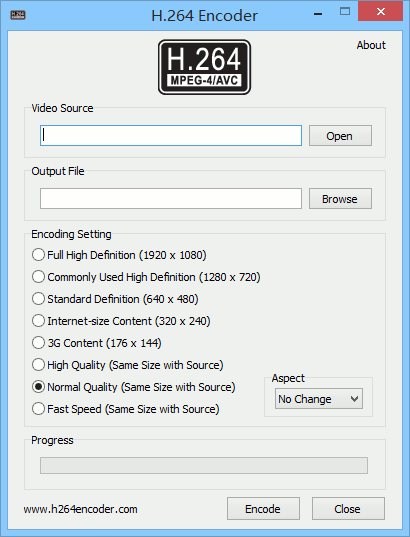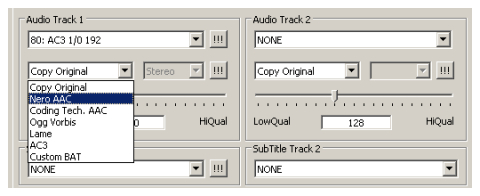

- #Decompressor for format h264 virtualdub for free#
- #Decompressor for format h264 virtualdub software license#
- #Decompressor for format h264 virtualdub install#
- #Decompressor for format h264 virtualdub full#
- #Decompressor for format h264 virtualdub professional#
Overall, we believe the community will benefit a lot from these enhancements.
#Decompressor for format h264 virtualdub software license#
#Decompressor for format h264 virtualdub professional#
" many of you are aware, great progress was made in the last years in regards of professional open source solutions for preservation. If you are interested, we're happy to help you:
#Decompressor for format h264 virtualdub for free#
You can download Virtualdub2 for free (=CentOS), but if you want tested versions with support you can buy subscriptions (=Redhat) from us. Therefore, we now offer a "Redhat/CentOS"-like model: It is already used in production since July 2017 by some sponsors without problems.Īlthough the crowdfunding only reached 2/3 of its goal, we still wanted the improvements to go back upstream. The development of the "Virtualdub FFV1" version is completed and stable for more than a year now :) UPDATE: Current Status (November 11th, 2018) This is a fundraising campaign for adding a long desired missing puzzle piece to the ecosystem of FFV1:Īn application (for Windows, based on VirtualDub) that allows not only to capture directly to FFV1, but also transcoding to/from other popular formats with an easy to use graphical user interface (GUI). The compressed file will, obviously, be of slightly lower quality but I’m sure you can live with that, considering the huge savings in space.Crowdfunding for FFV1 support in VirtualDub fork Virtualdub should now start saving the compressed file to your chosen location.Īfter the compression process is done, you can check out the size of the new file. Now, to create the compressed file, choose the File->Save as AVI option and give a new name for the compressed file. Now, select Audio again and click on Compression.įrom the list of Audi codecs, choose MPEG Layer-3 and click on Ok to get back to the time-line view.

#Decompressor for format h264 virtualdub full#
From the Audio menu, select the option titles “ Full processing mode“. Now, we need to select a compression codec for the Audio part of the file. 300 is a decent enough bitrate if you’re producing video for the web and are concerned about the size of the file, which is what this tutorial is about, right ?Ĭlick on Ok and come back to the time-line view. When you open this window for the first time, you will see a default value in it which is the bitrate of the original file. The only option that you need to worry about in the Configure window is the Target bitrate. From the list of Codecs displayed on the left side of the window, choose the “ Xvid MPEG-4 Codec” and click on Configure We’ll look at the size of the compressed file once we’re done with the process.Ĭlick on Video and chose the Compression option (Or click ctrl+P). To give an idea about the level of compression we achieve, the uncompressed file is about 716MB in size. avi that I have loaded here has two parts, the video part and the audio part and we can treat both parts seperately for compression. Virtualdub should load the video and you should see a screen similar to the one below.Ī video format like the. Once you have the codec installed, launch Virtualdub and click ctrl+O to load the uncompressed video. You can however get started by downloading the Xvid codec from This is the format that we will compress our video to. By default, Virtualdub does not come with any video compression codecs built in, because of licensing restrictions.
#Decompressor for format h264 virtualdub install#
To get started with using Virtualdub, download and install it from. It is free and open source and is released under the GNU GPL license.

VirtualDub is a video capture/processing utility for Windows. We’ll be using an open source application called Virtualdub to compress a video file while still retaining the quality of the original. In this post, we’ll teach you exactly that.


 0 kommentar(er)
0 kommentar(er)
